Recognizing and Addressing Unconscious Bias in the Recruitment Process
Recruiting, assessing and hiring colleagues are some of the most important activities we carry out as a community.
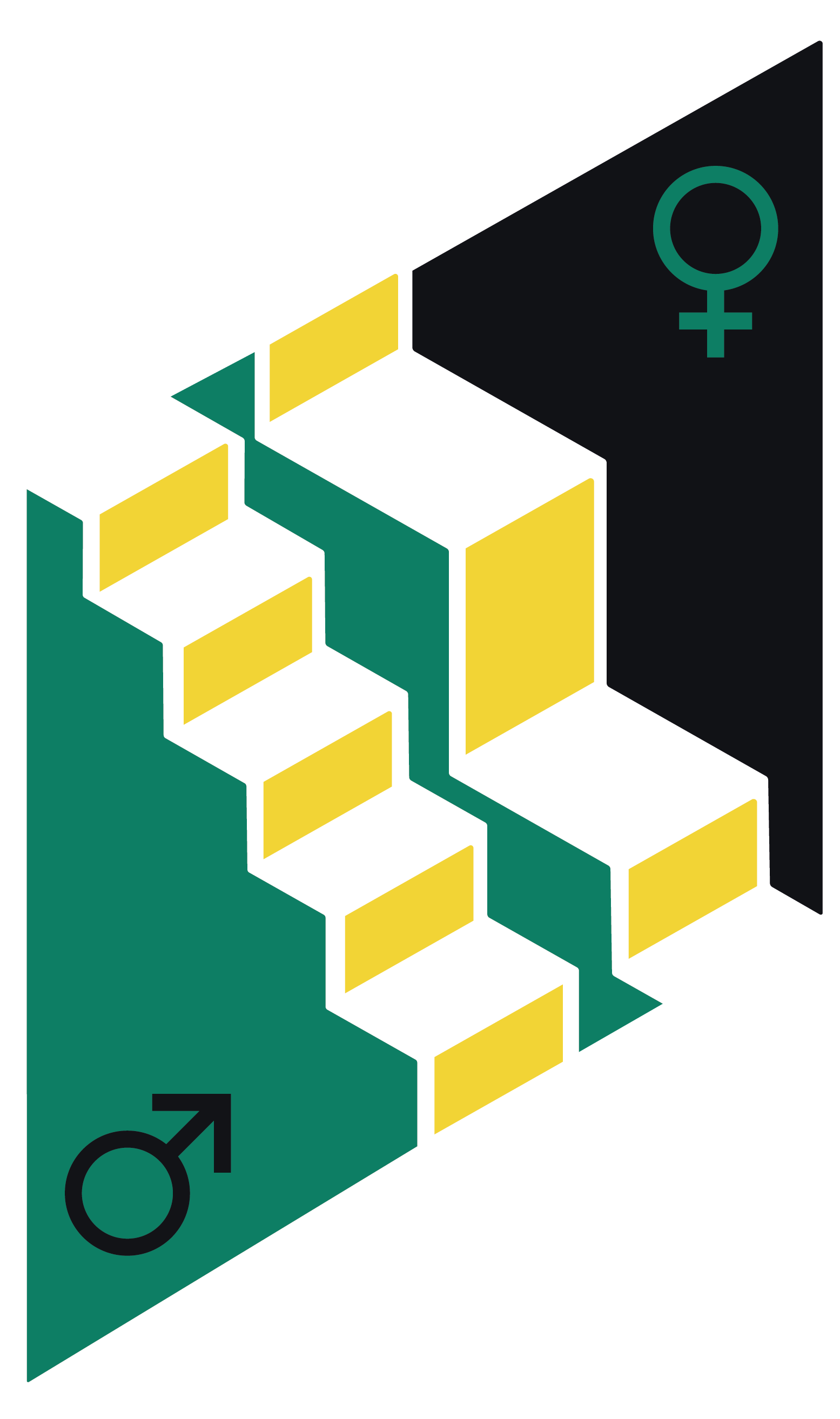

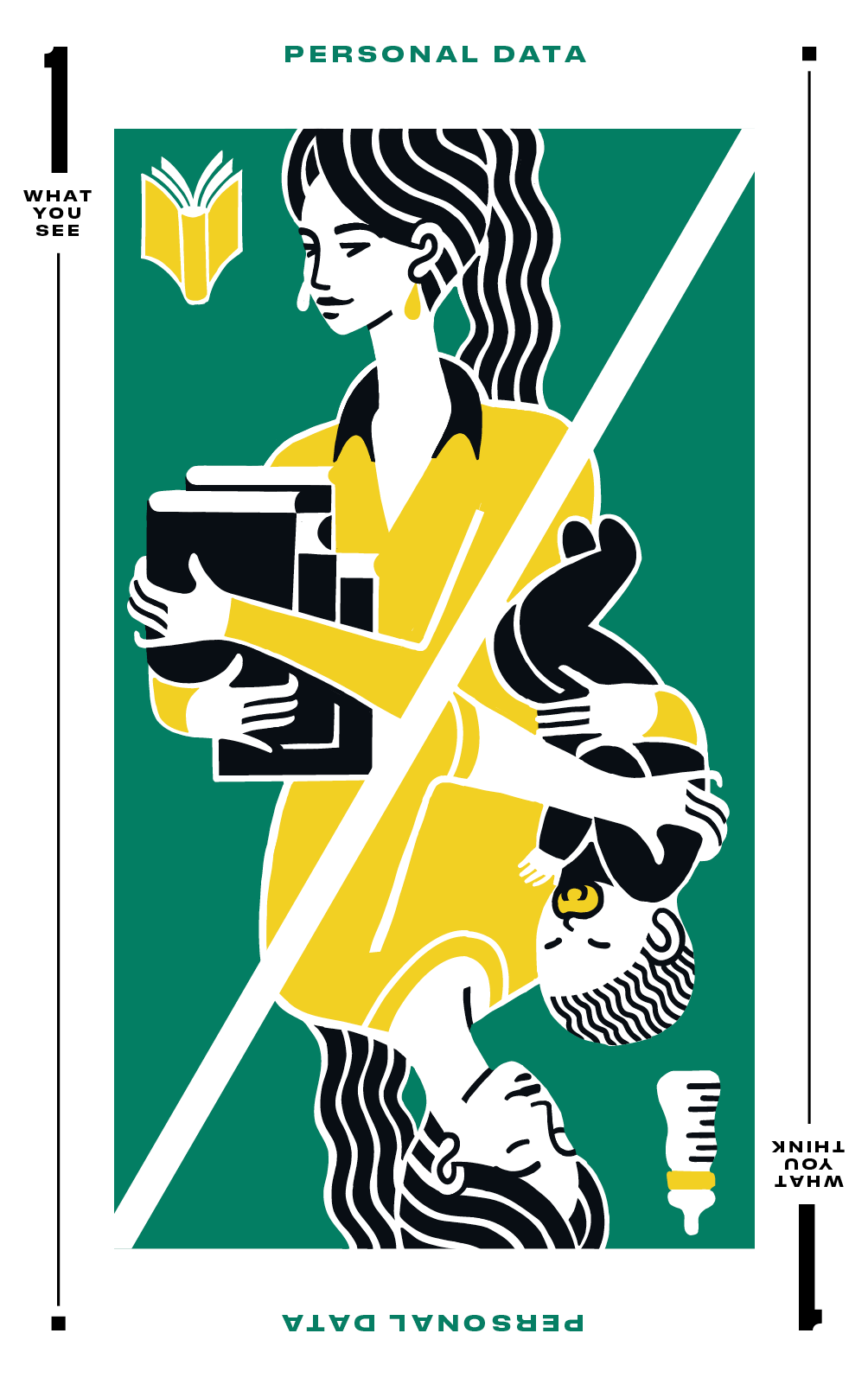
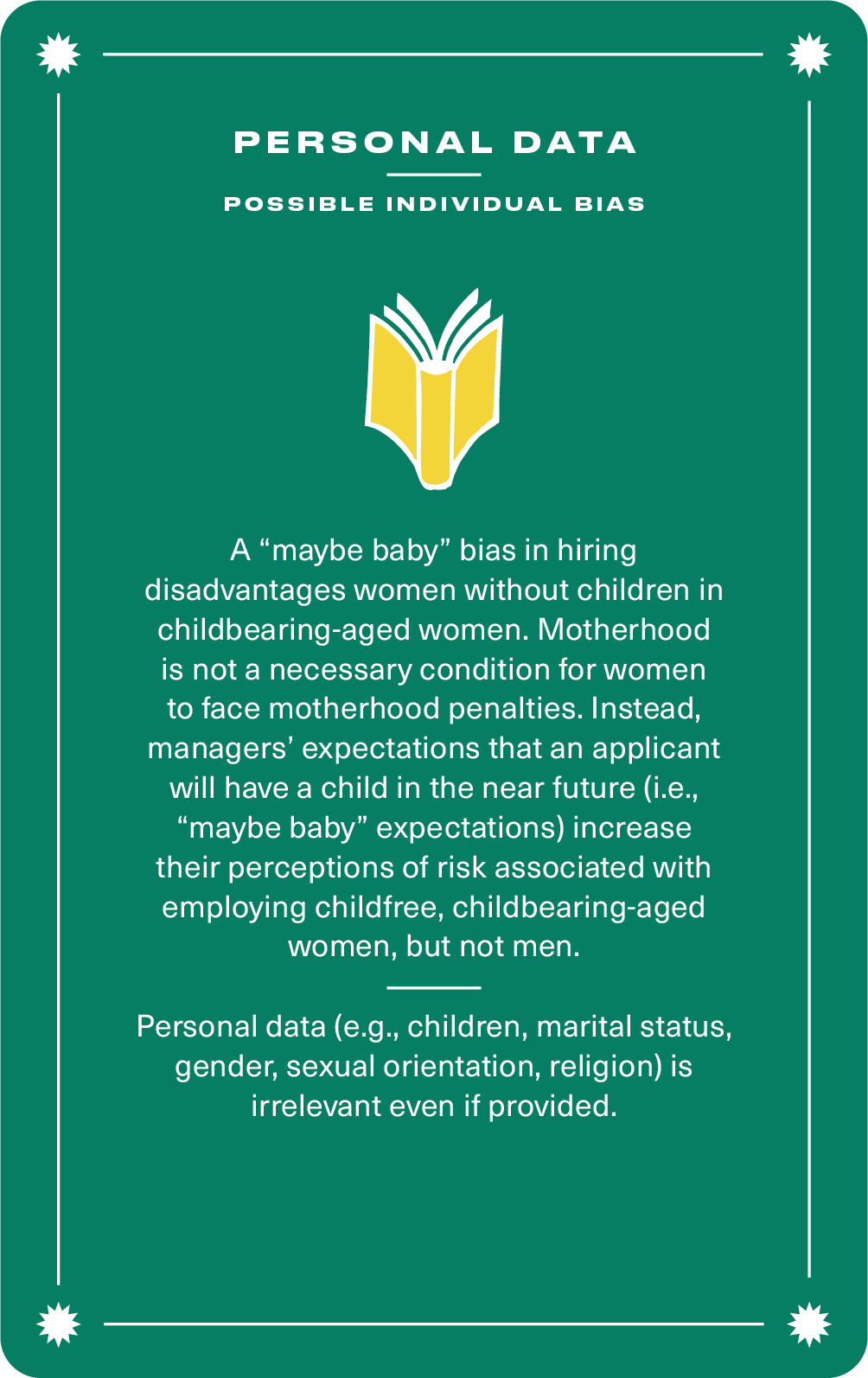
Personal data
possible individual bias
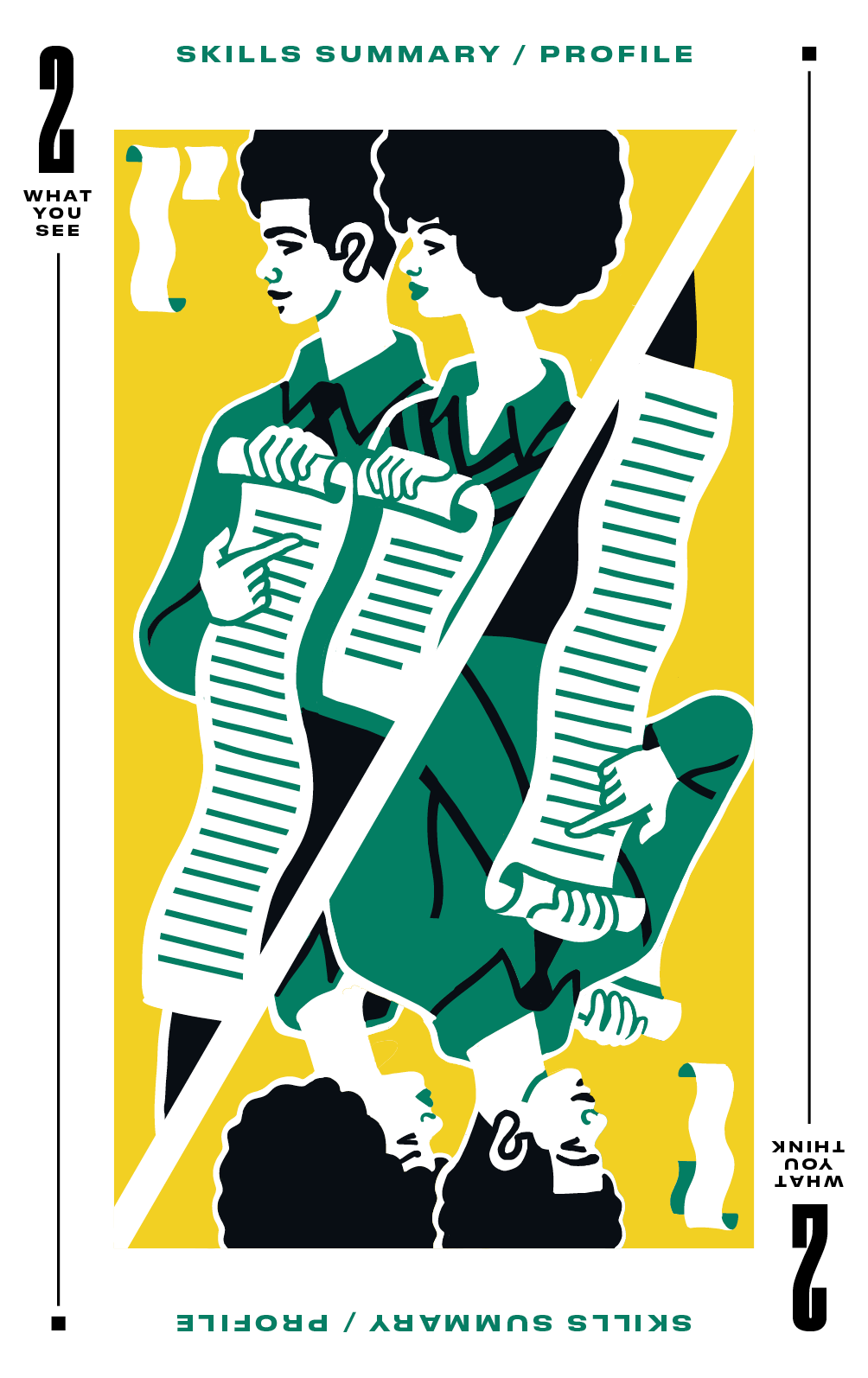
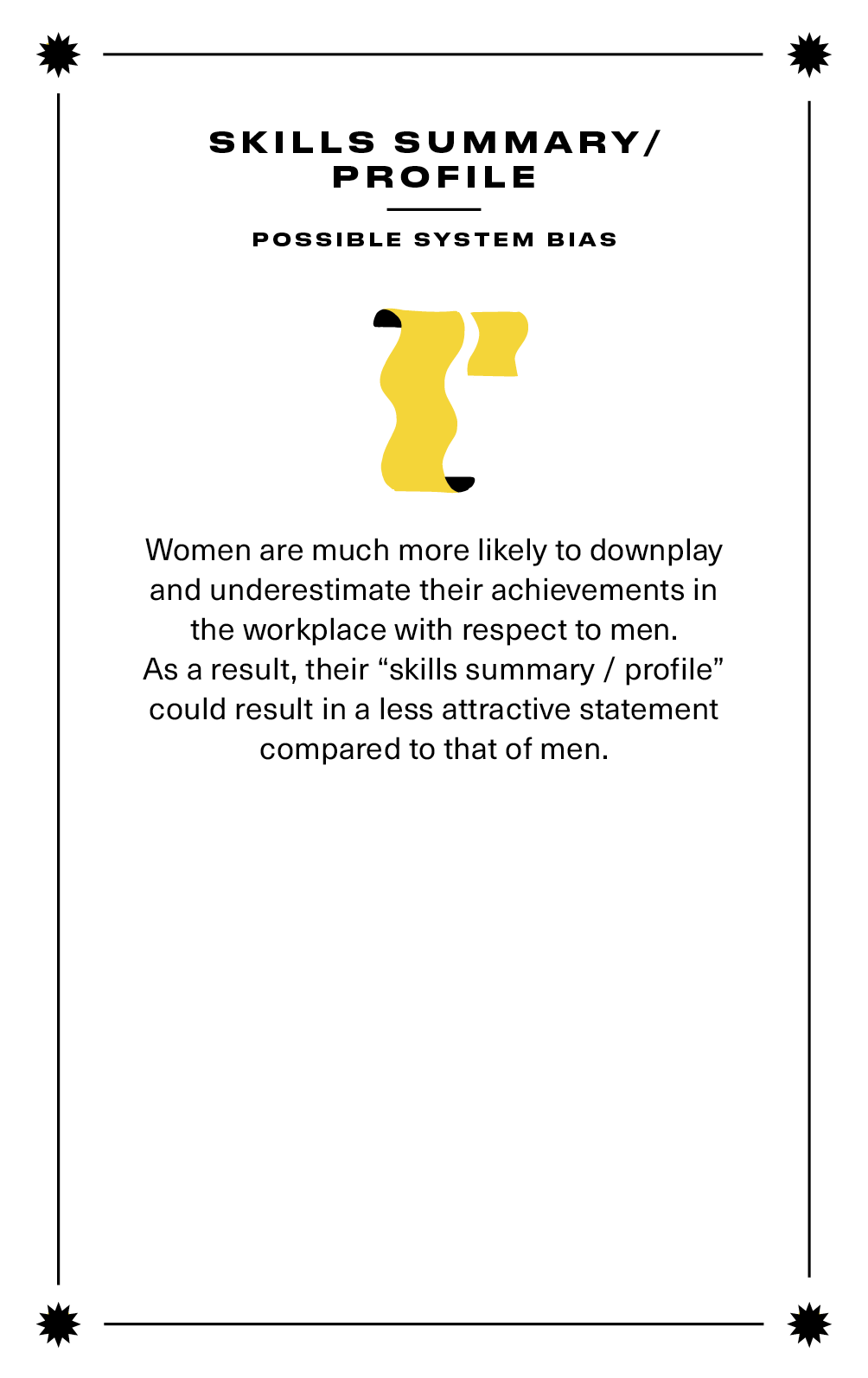
Skills summary / profile
possible system bias
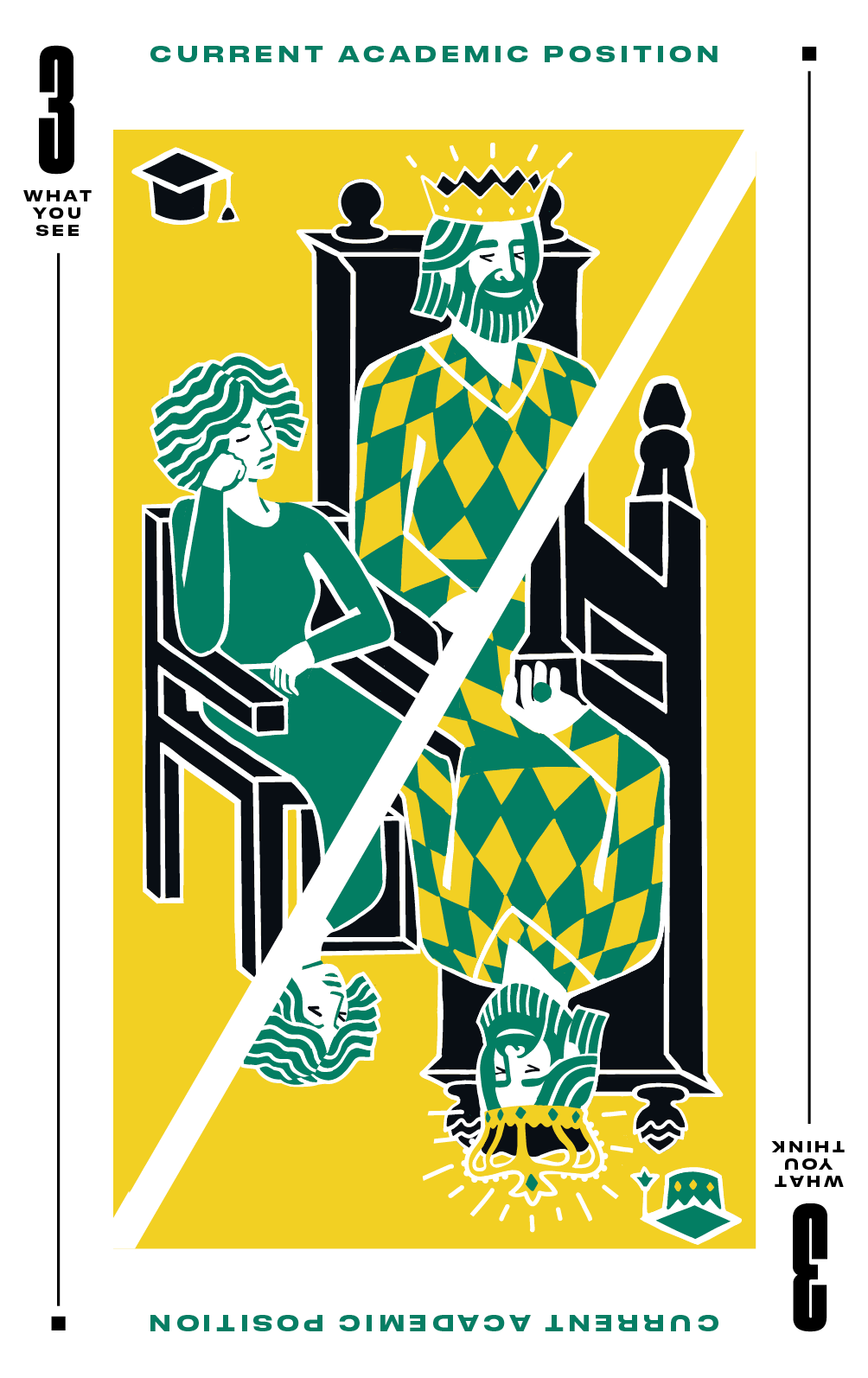
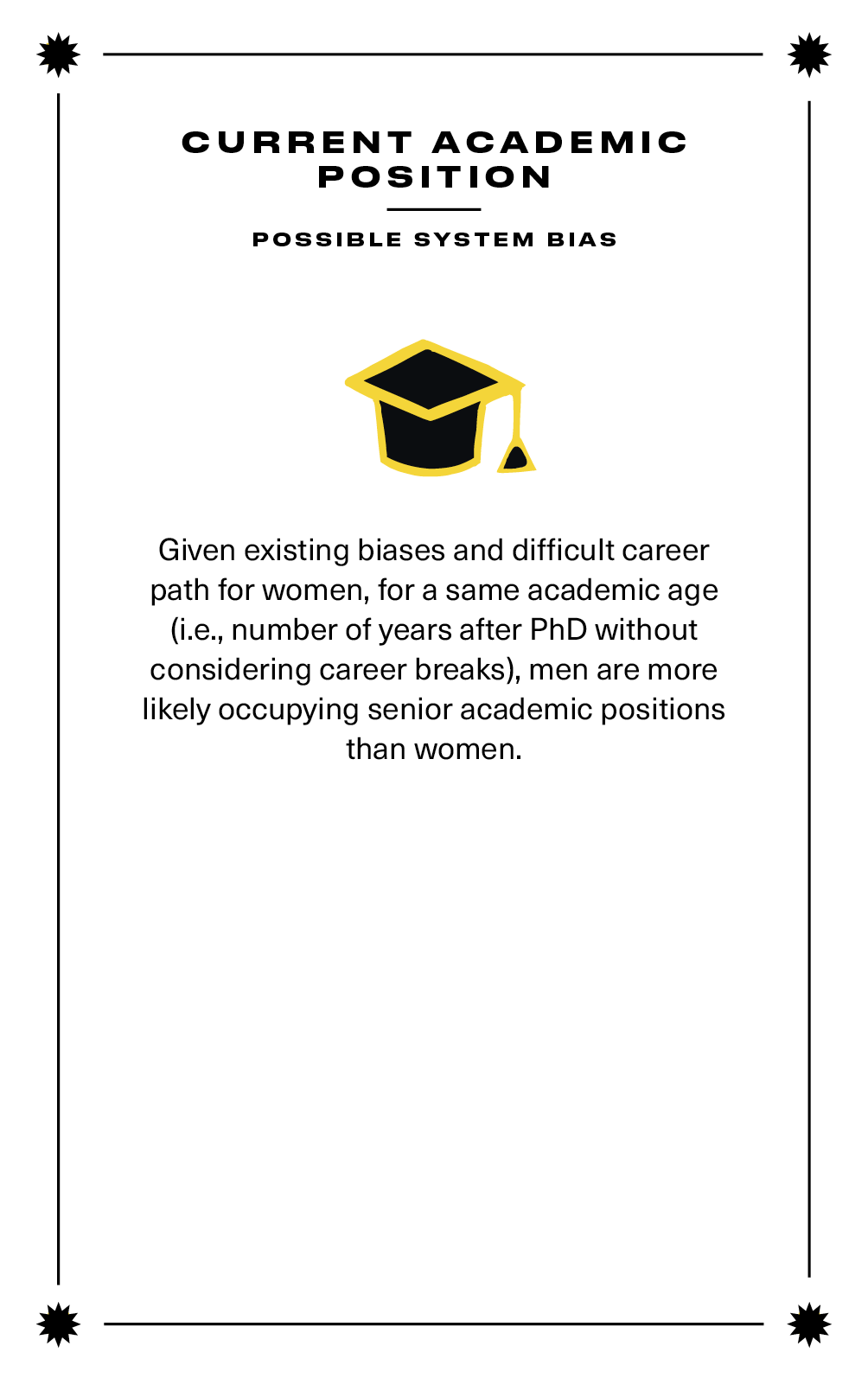
Current academic position
possible system bias
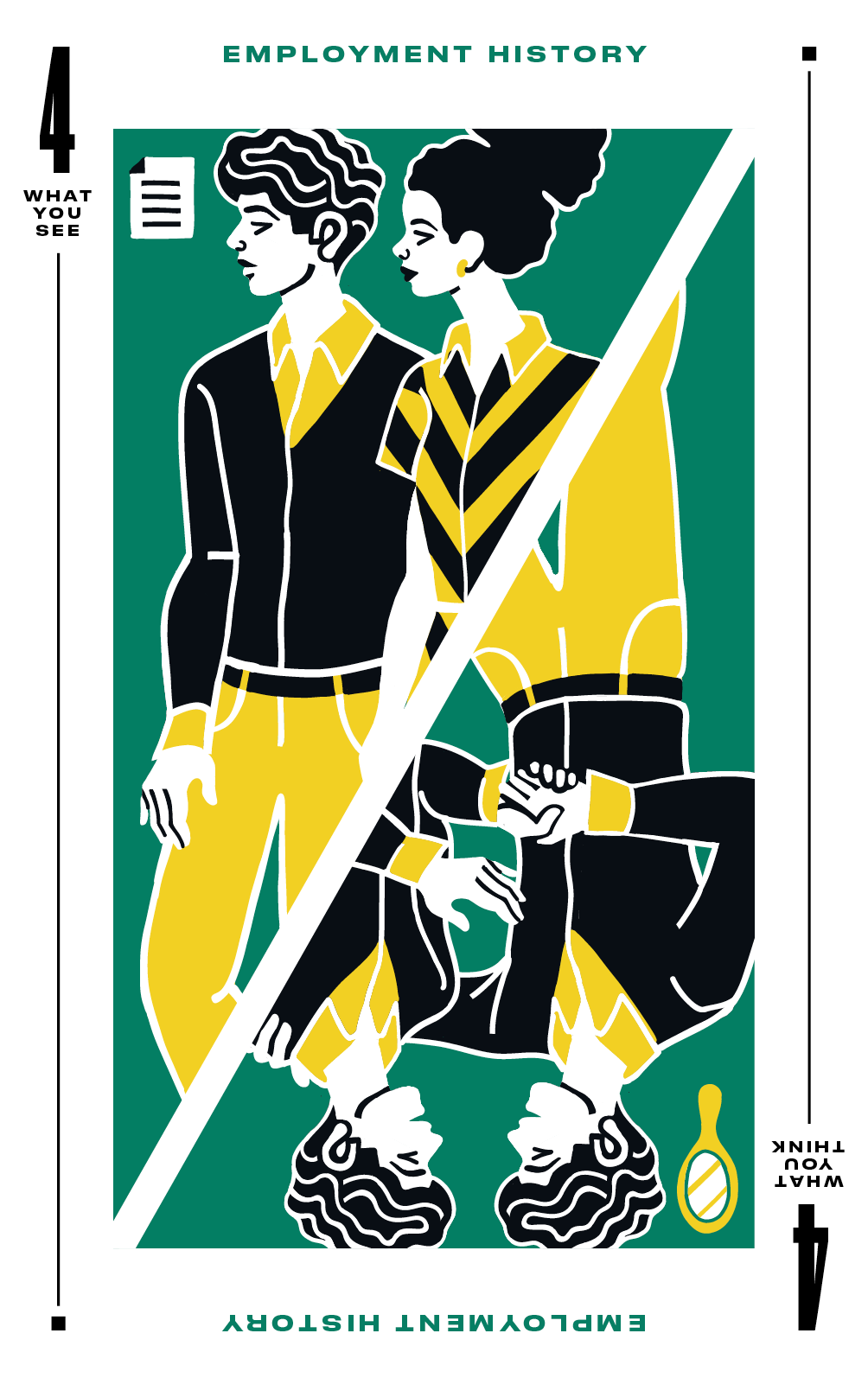
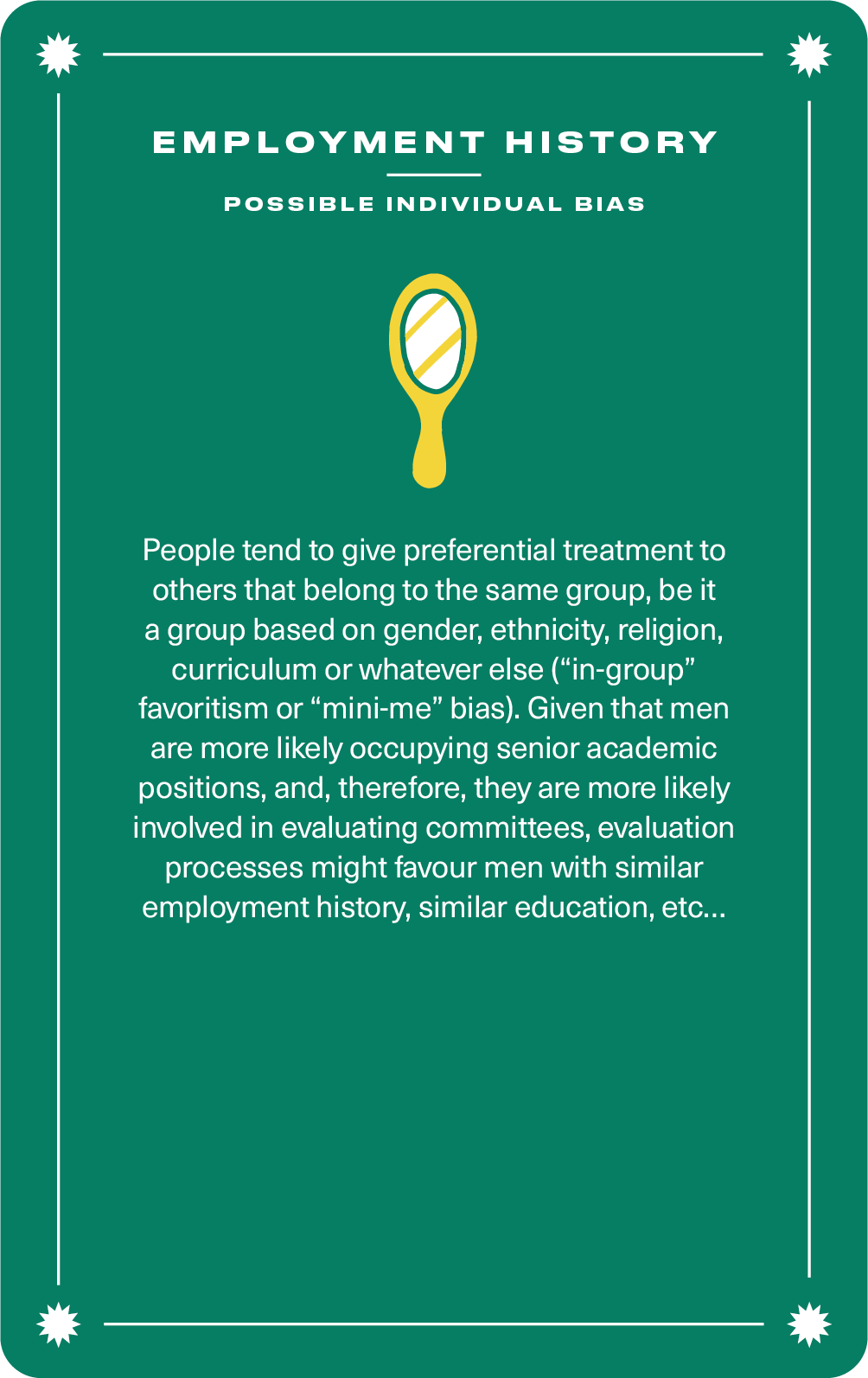
Employment history
possible individual bias
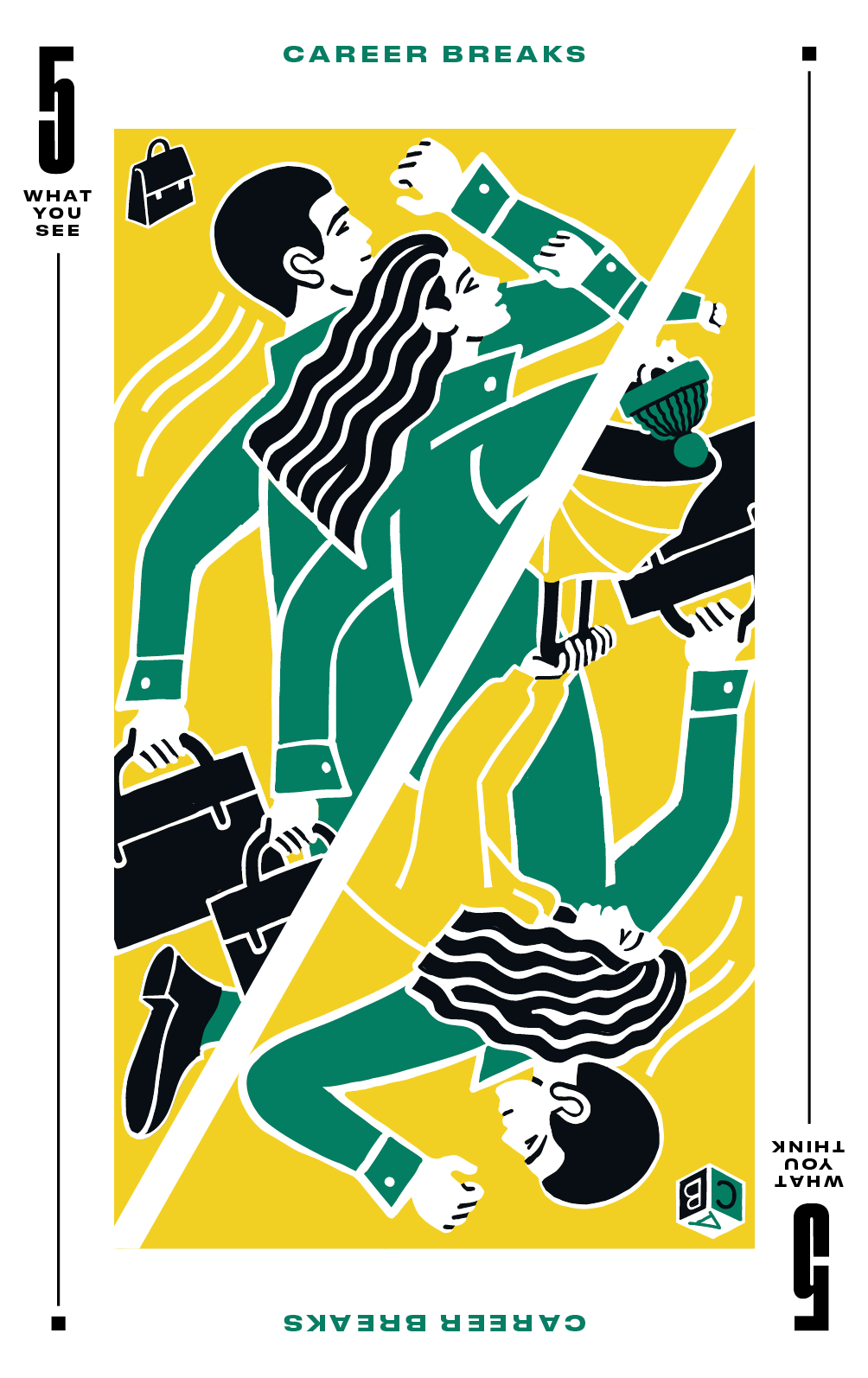
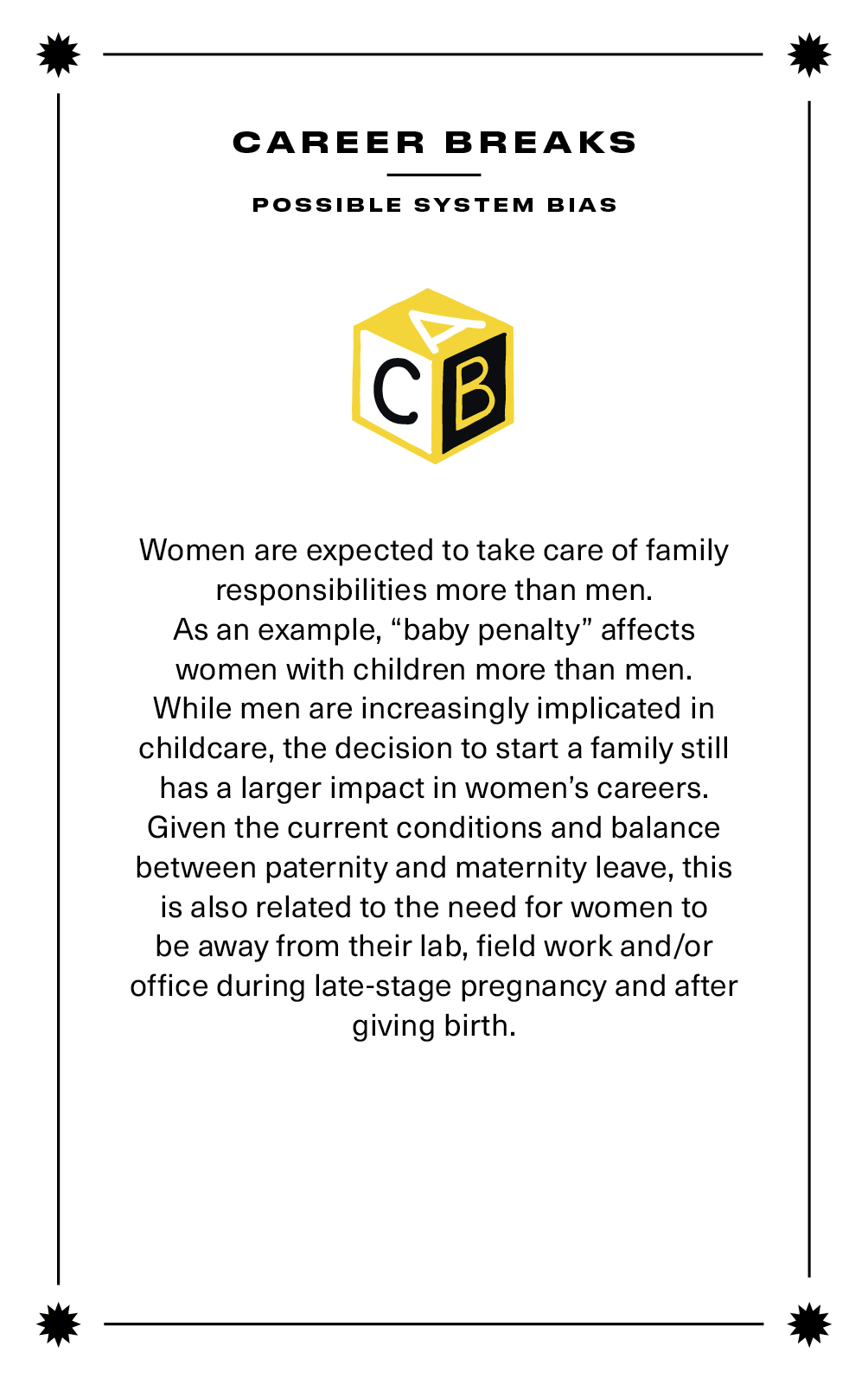
Career breaks
possible system bias
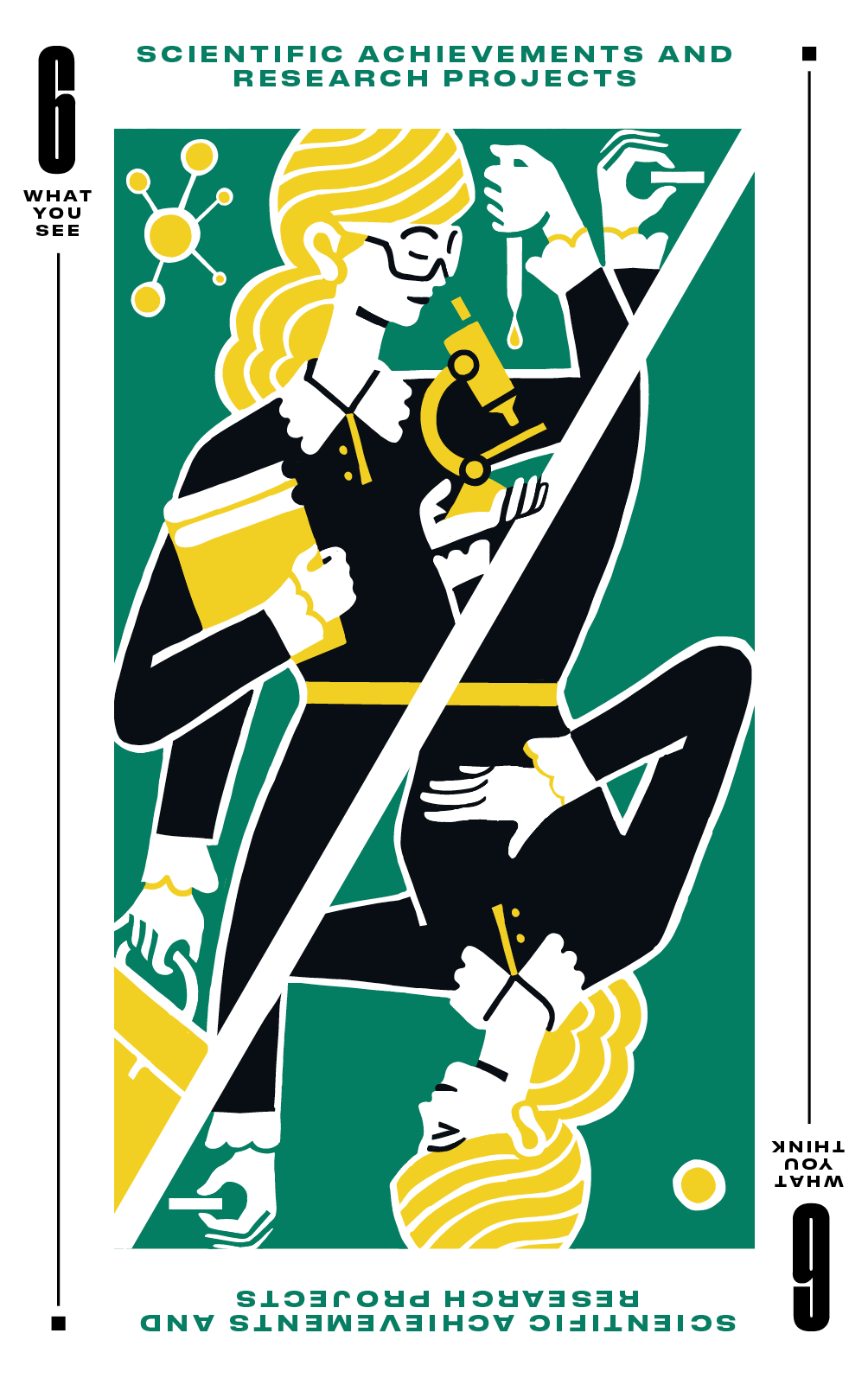
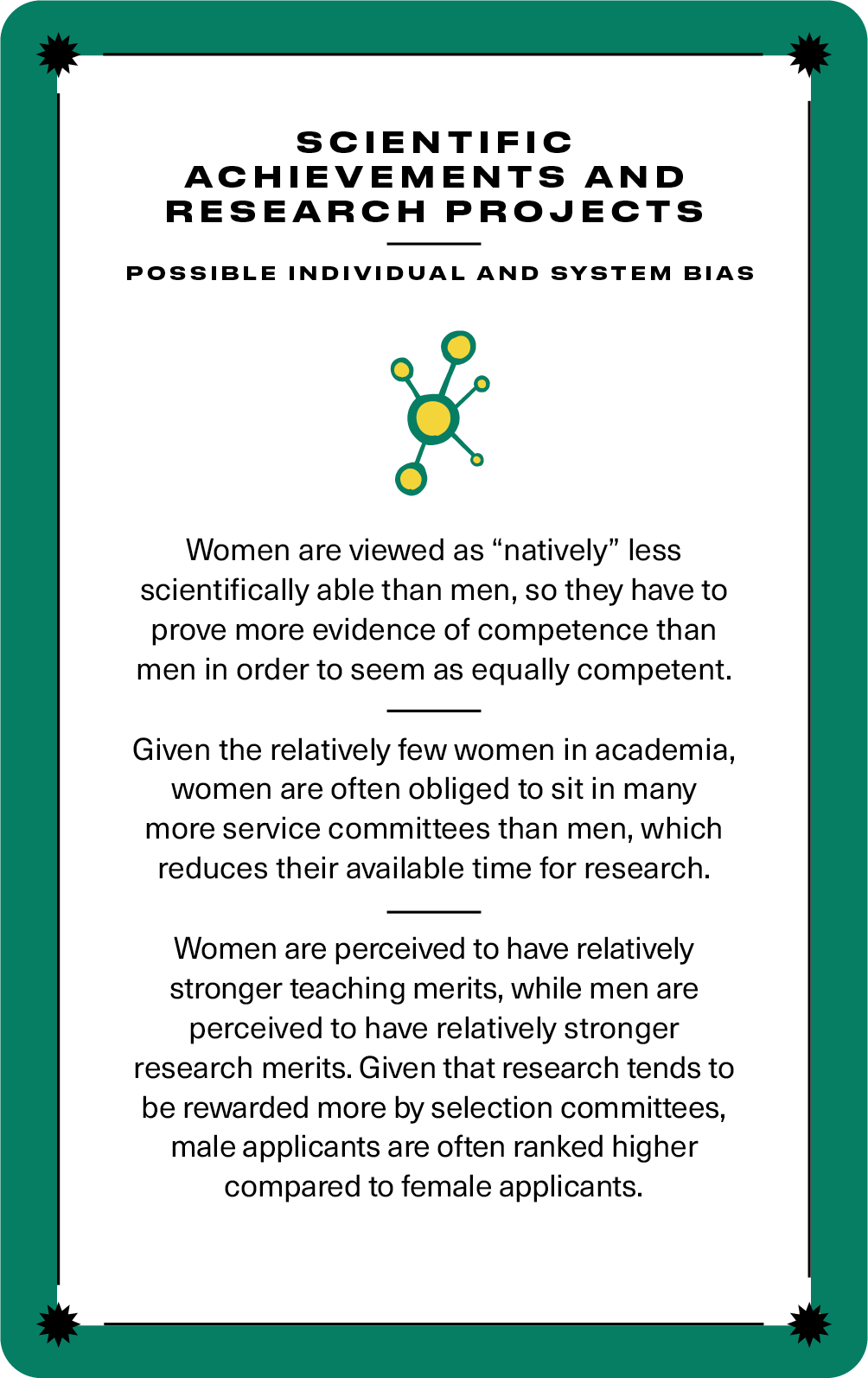
Scientific achievements and research projects
possible individual and system bias
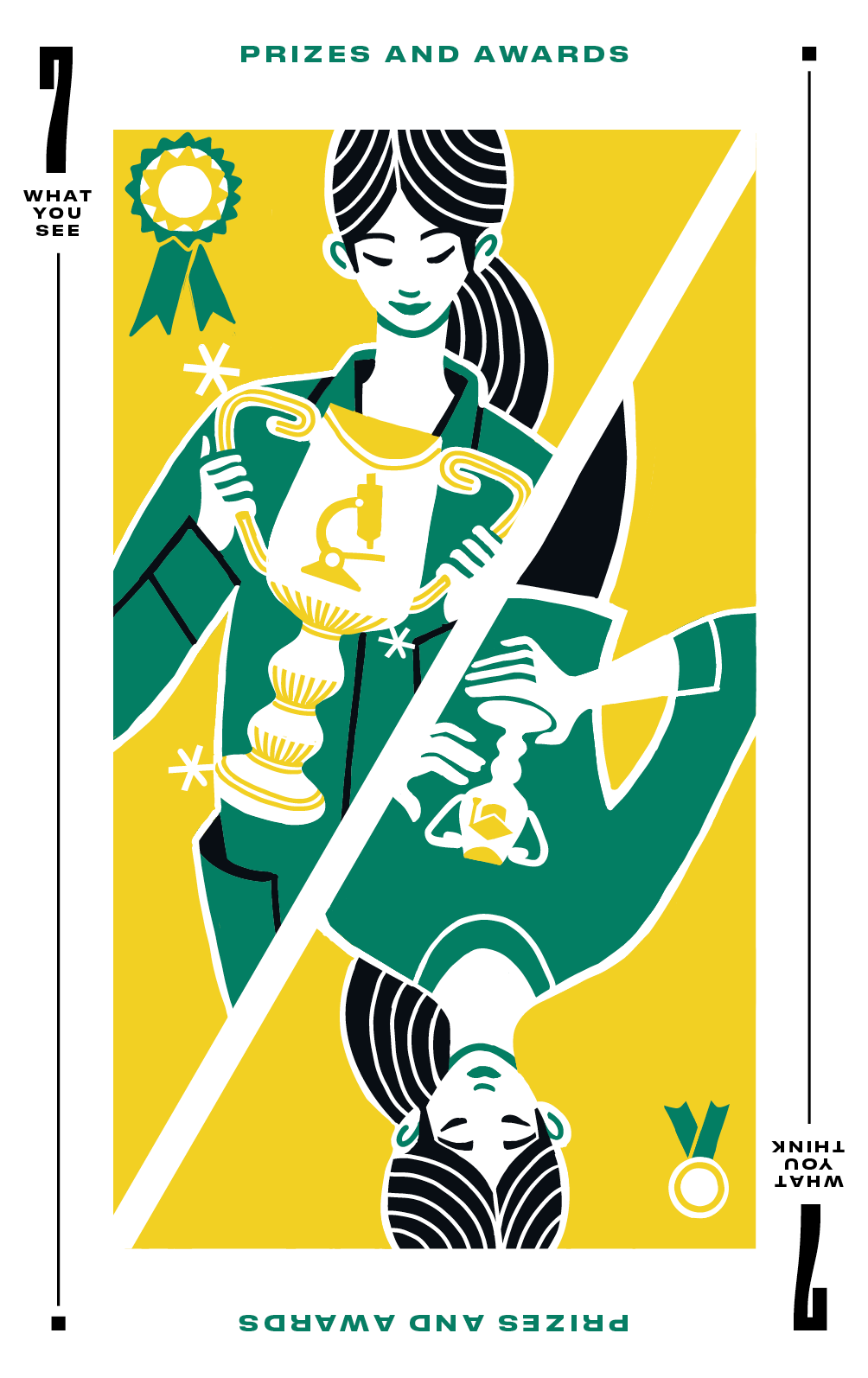
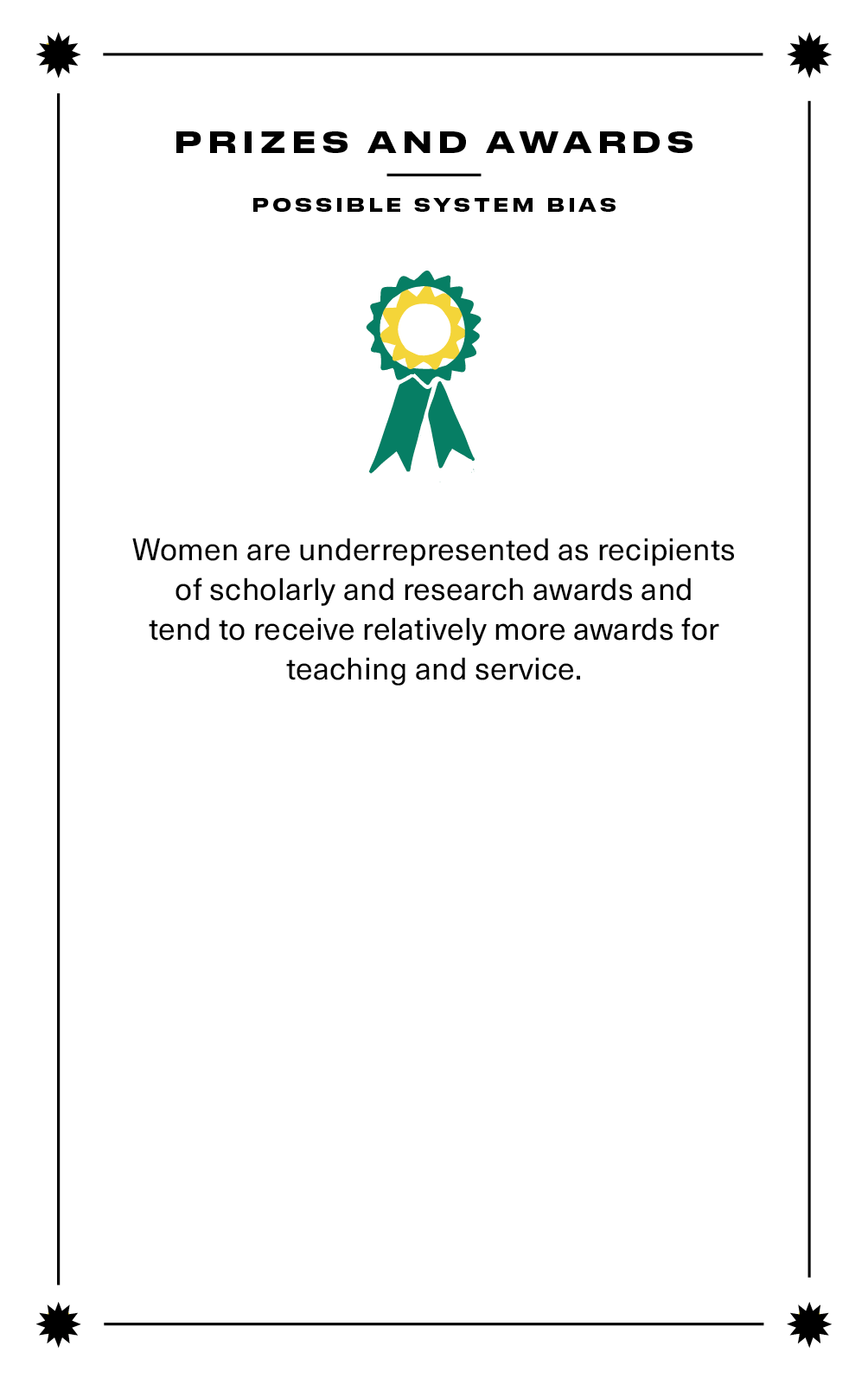
Prizes and Awards
possible system bias
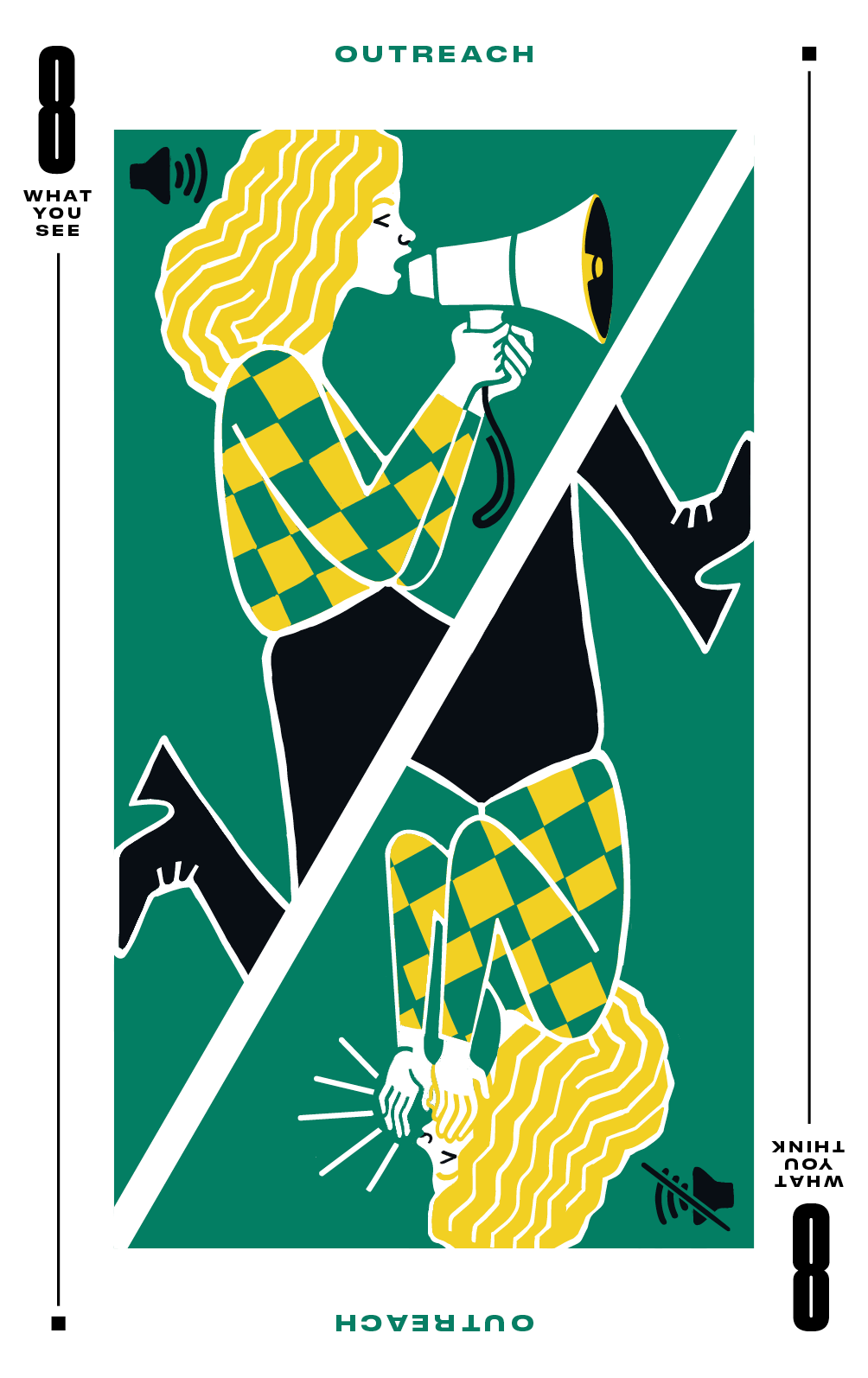
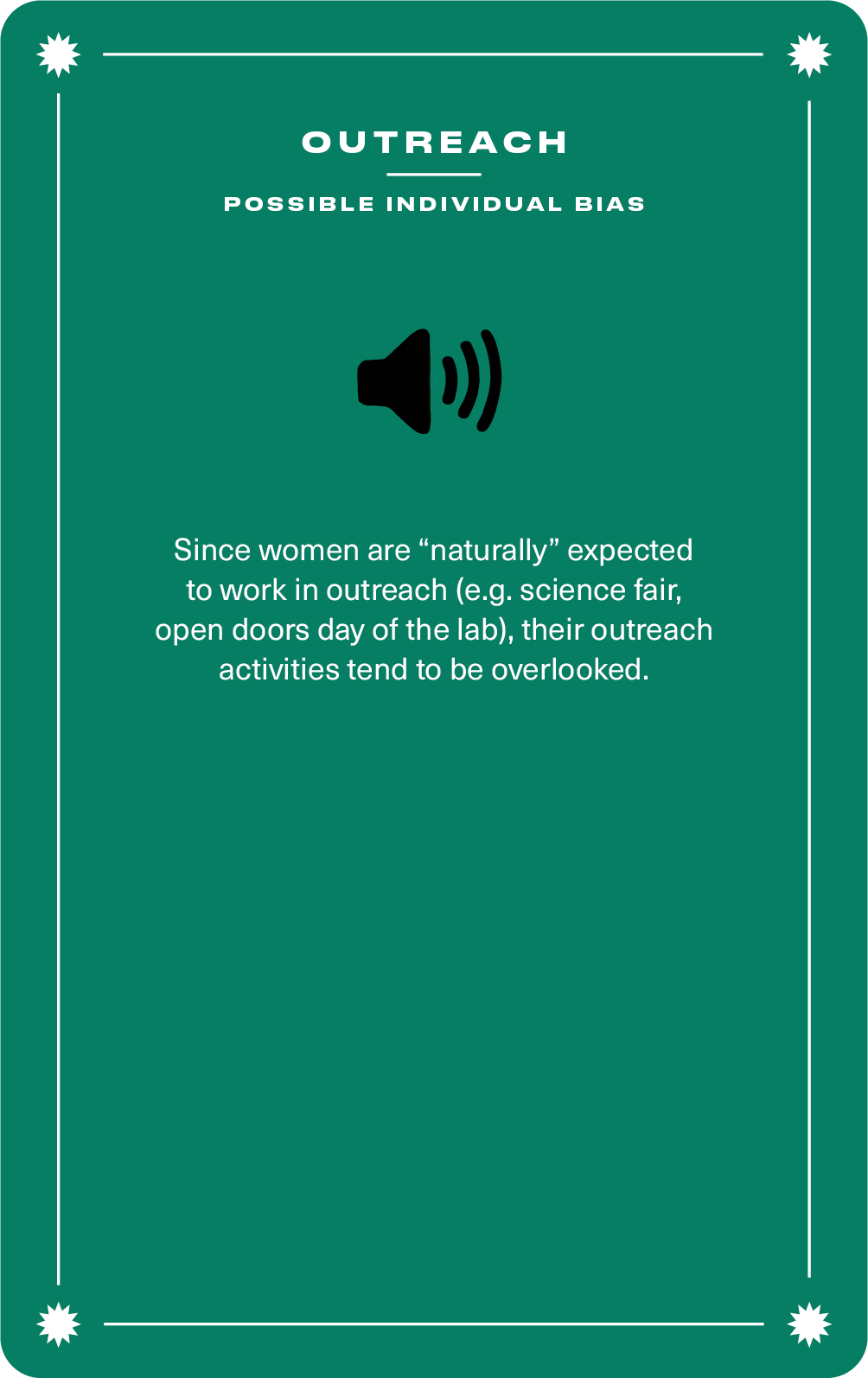
Outreach
possible individual bias
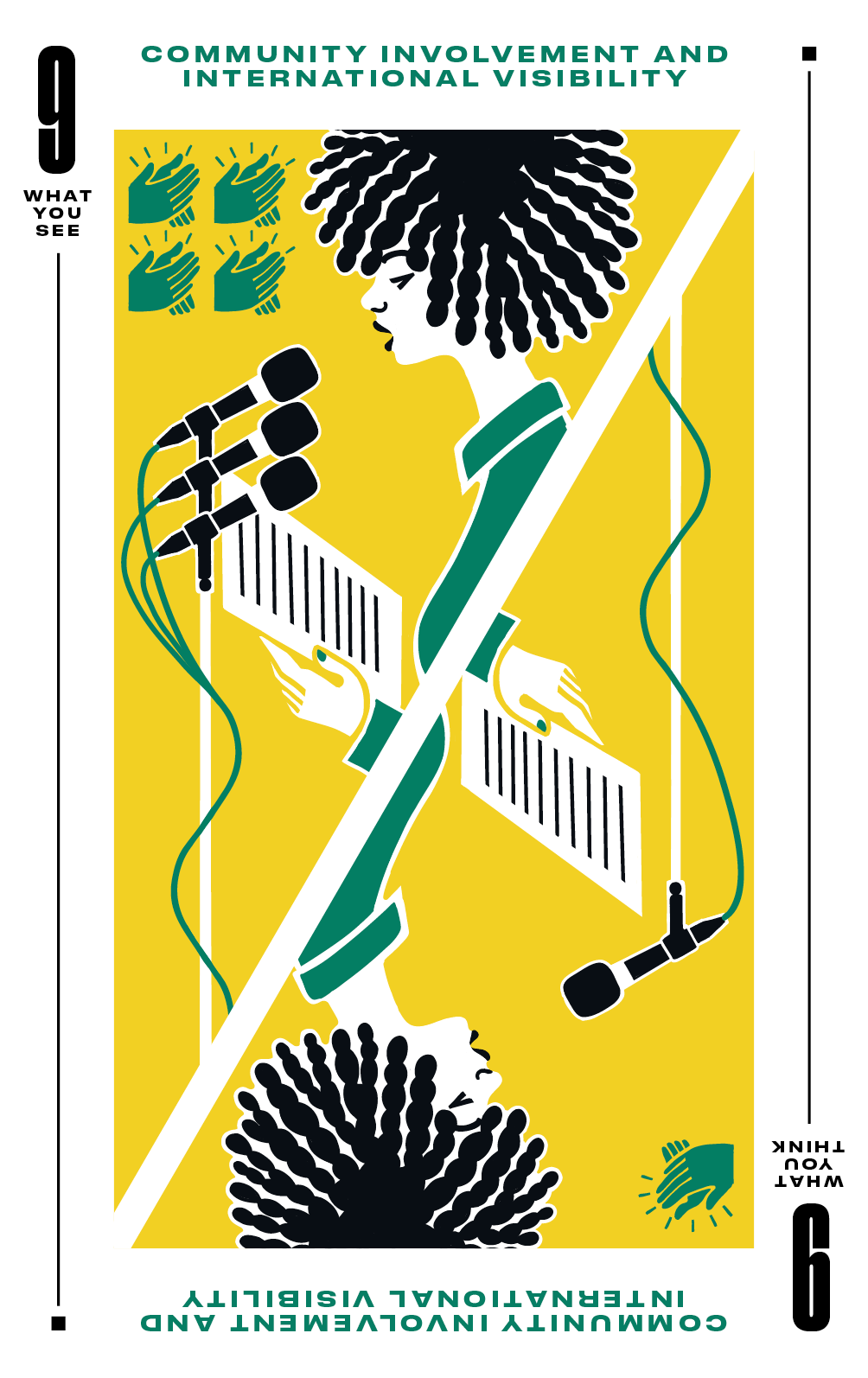
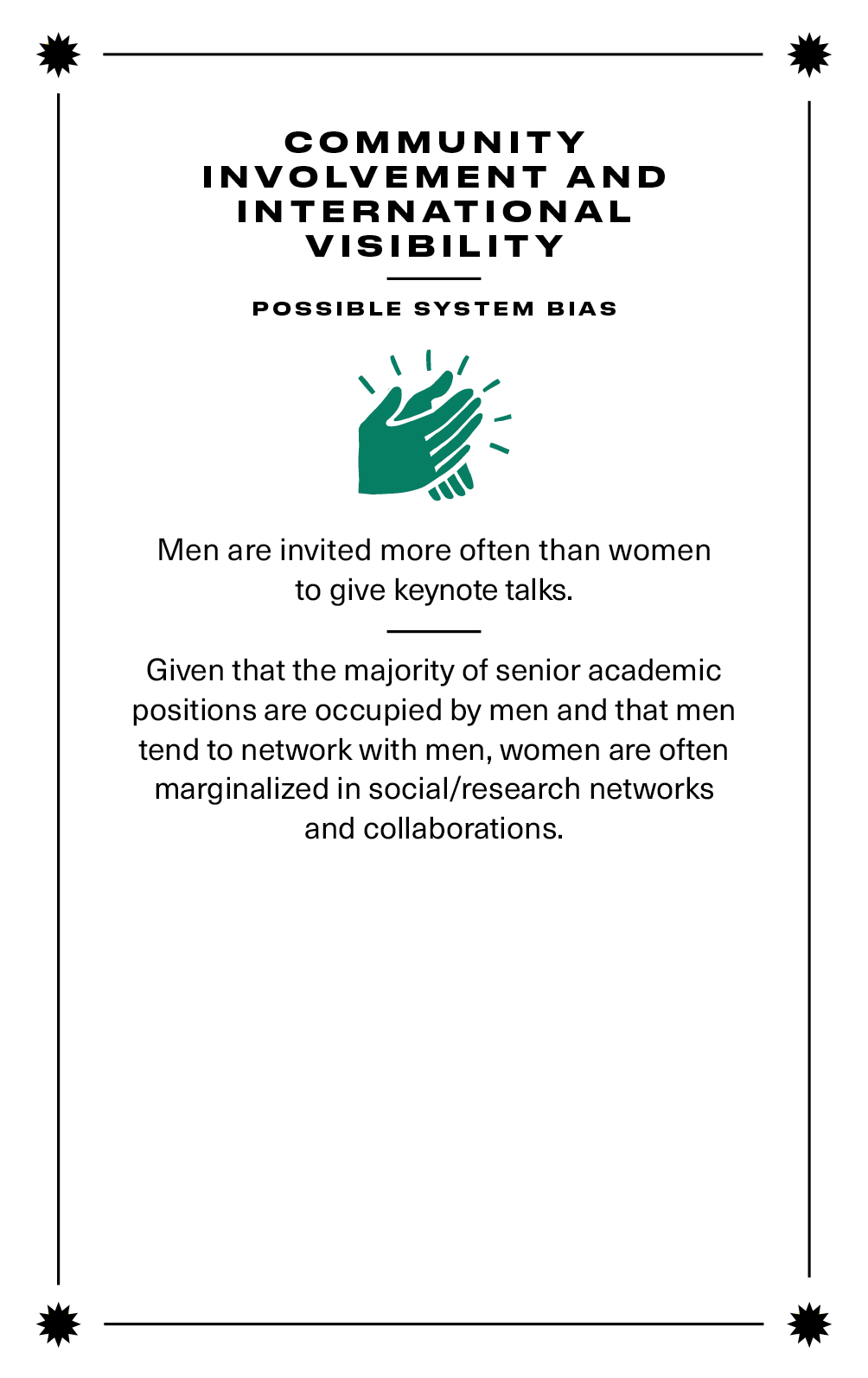
Community involvement and international visibility
possible system bias
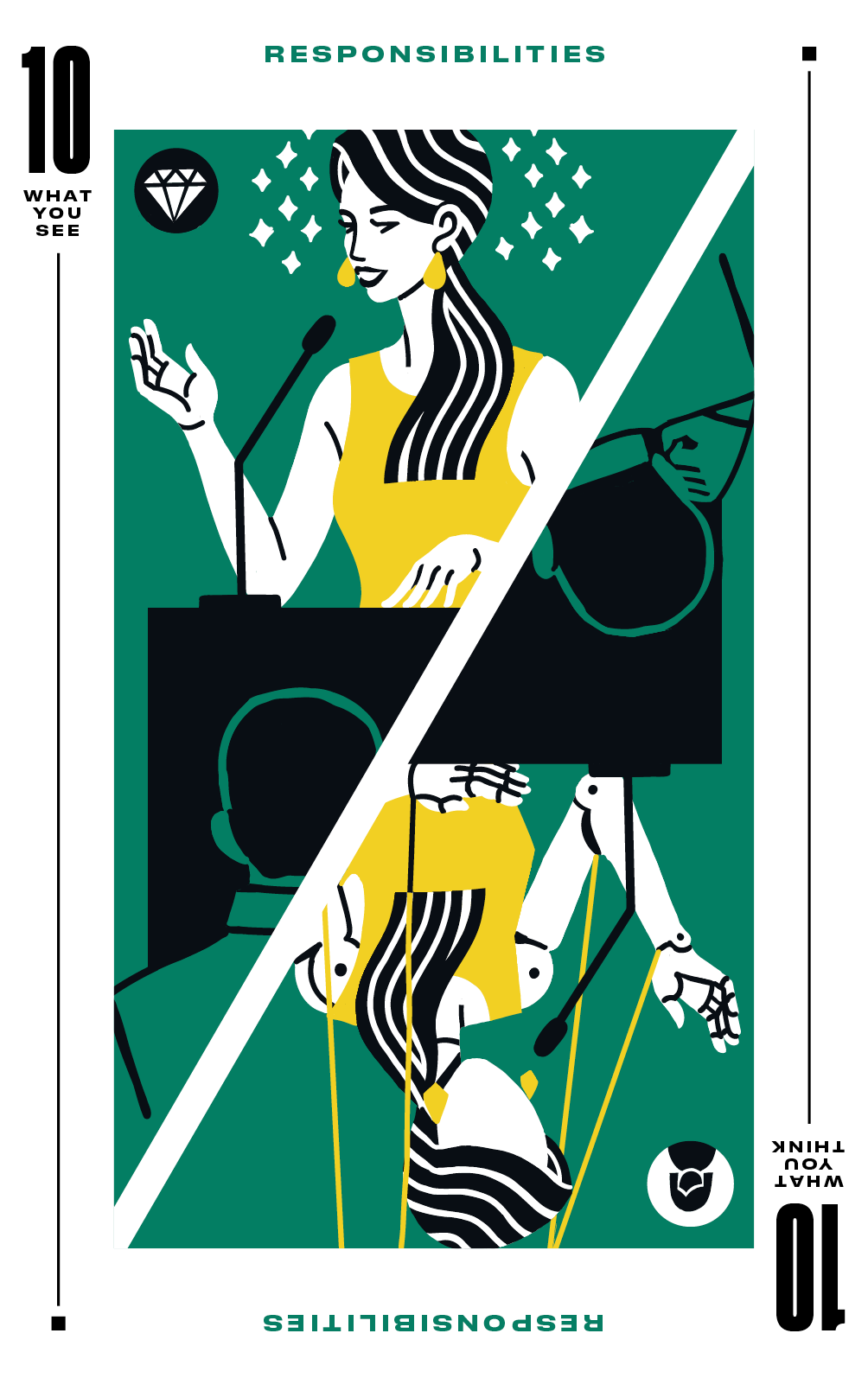
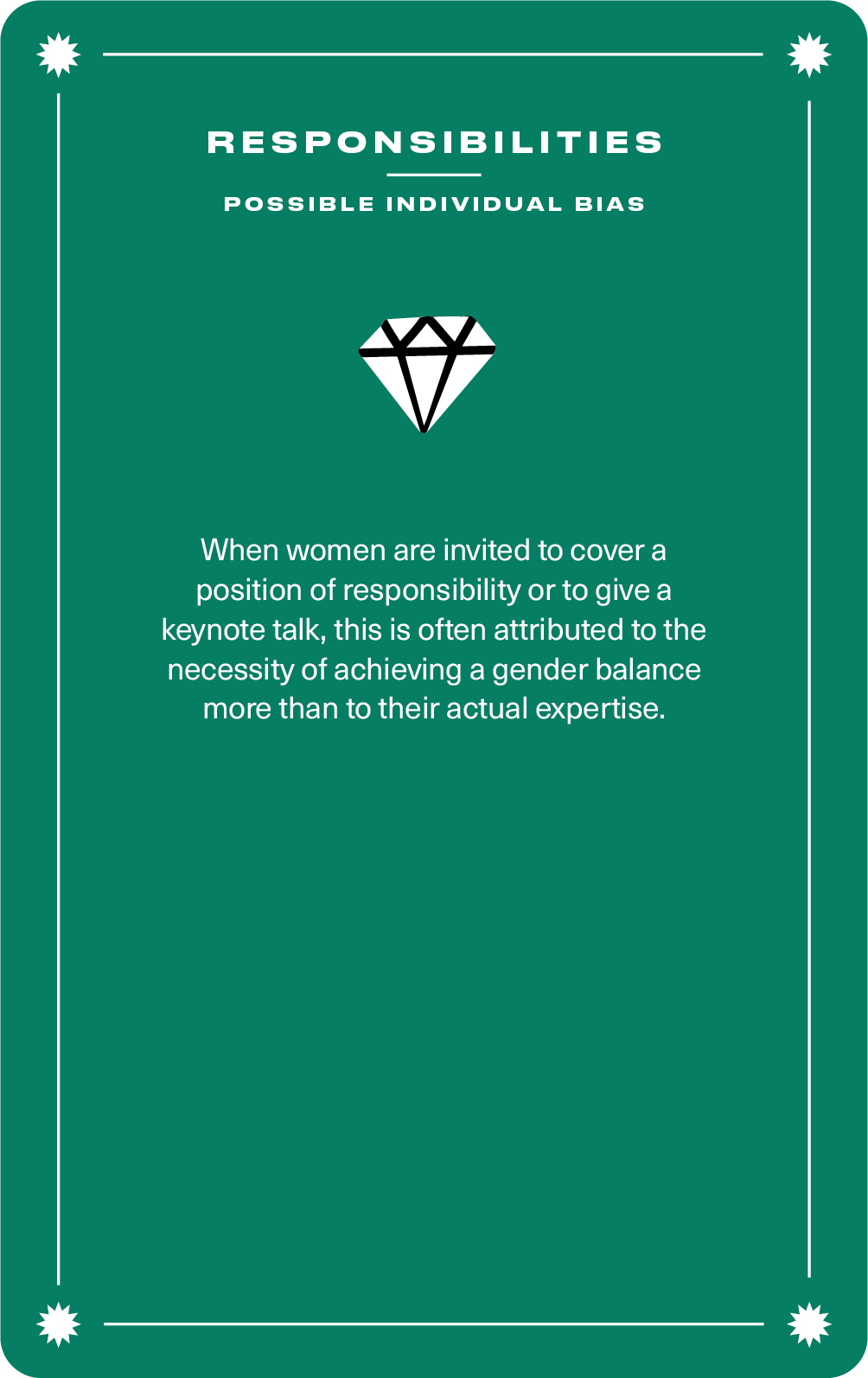
Responsibilities
possible individual bias
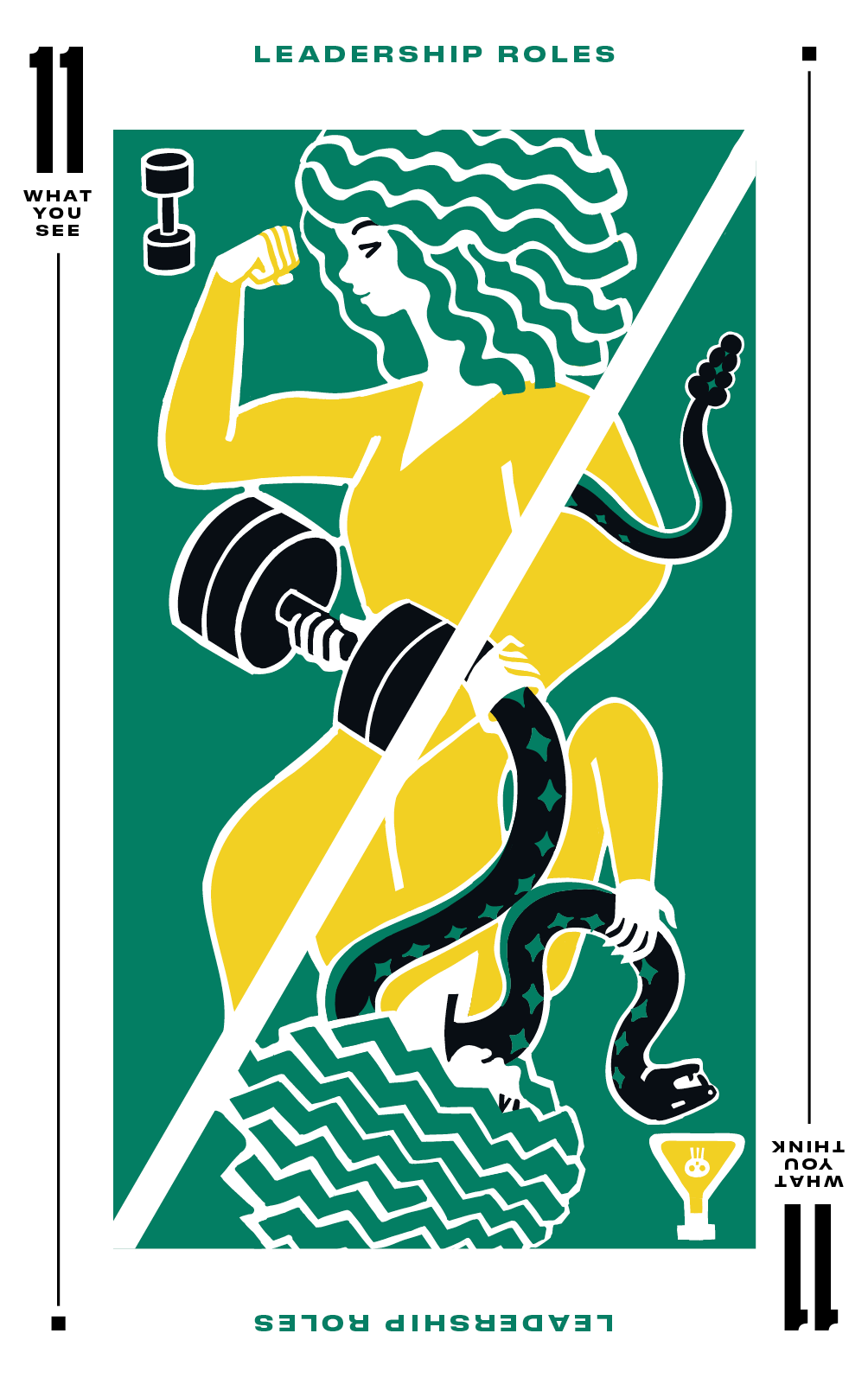
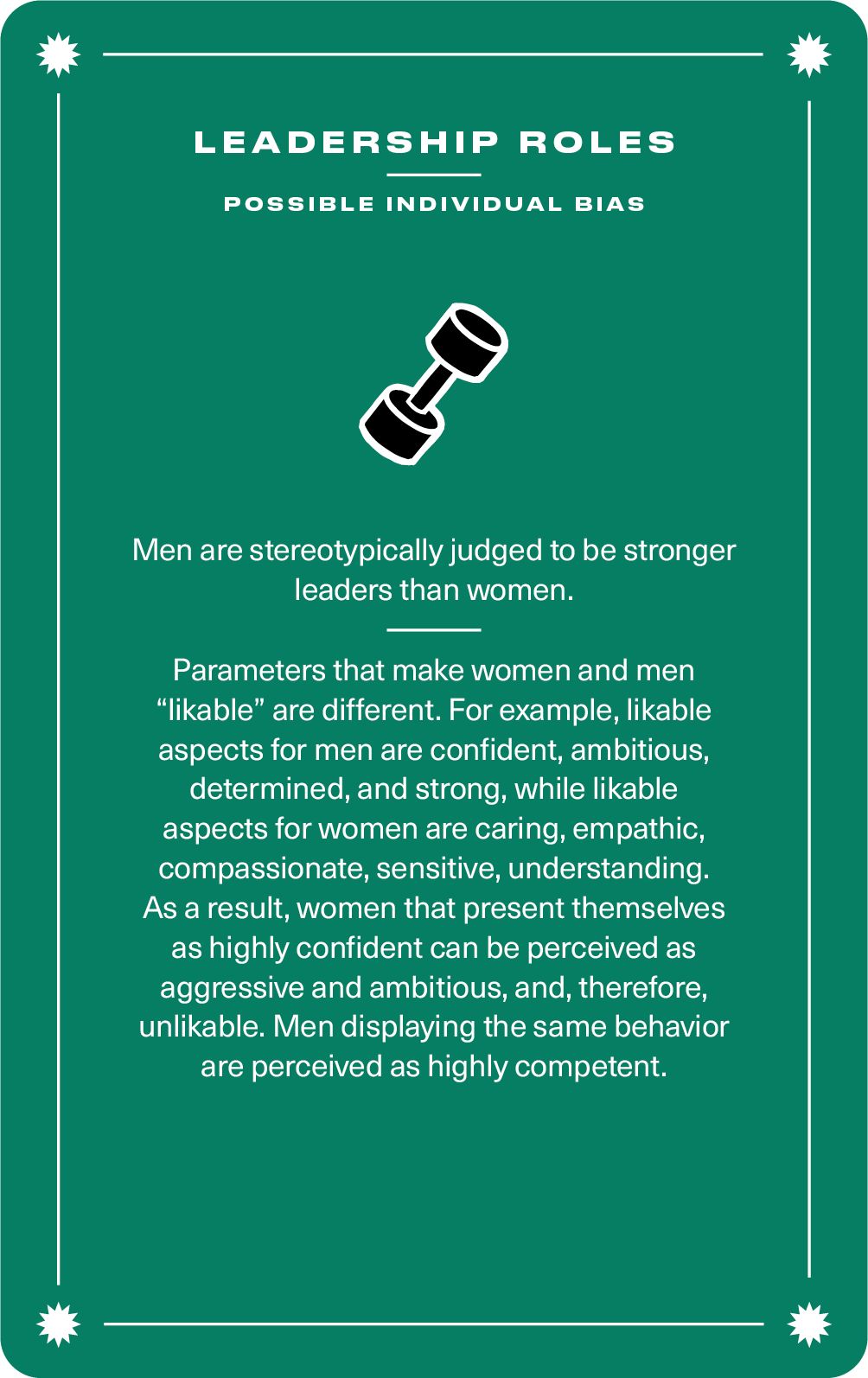
Leadership roles
possible individual bias
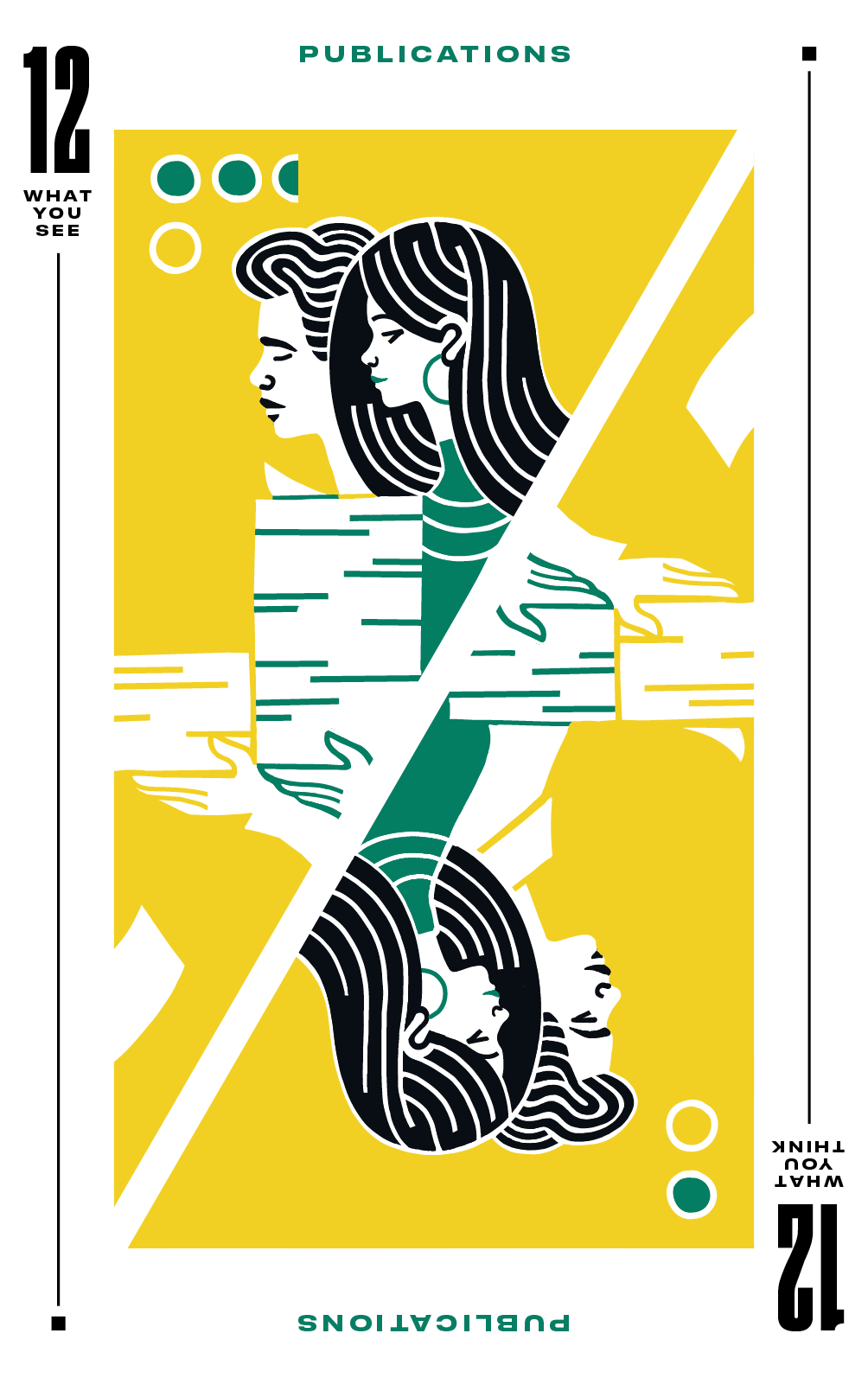
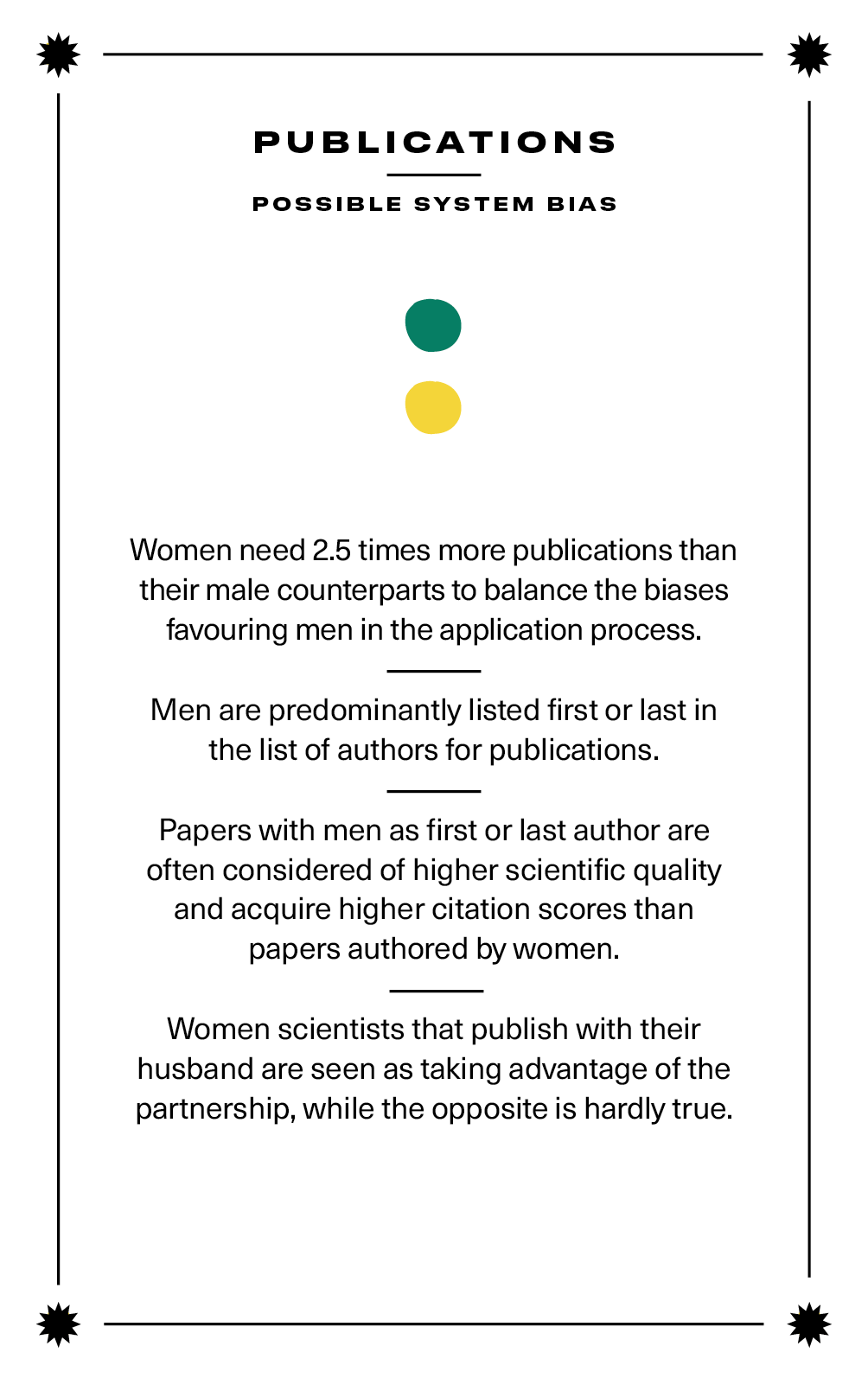
Publications
possible system bias
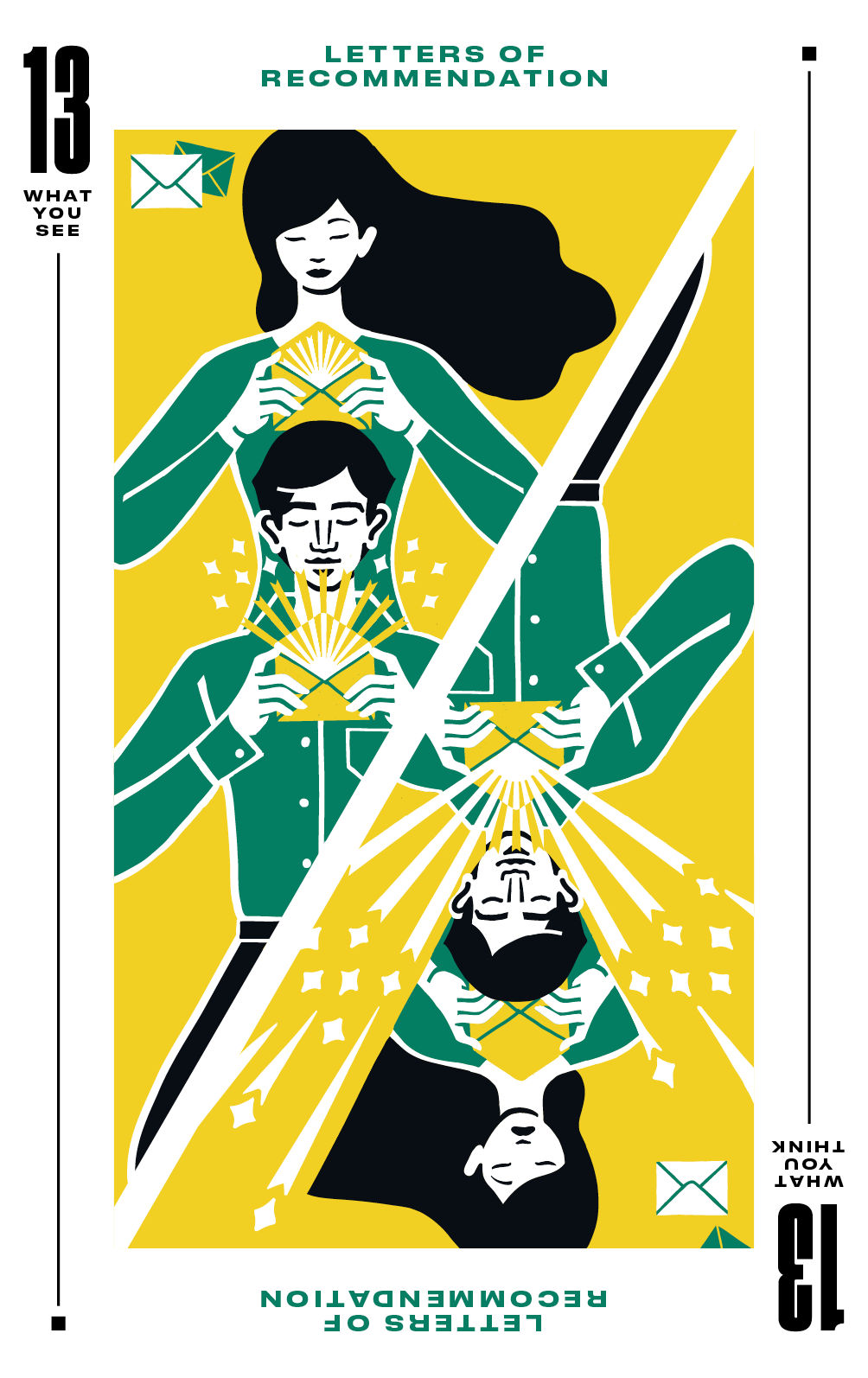
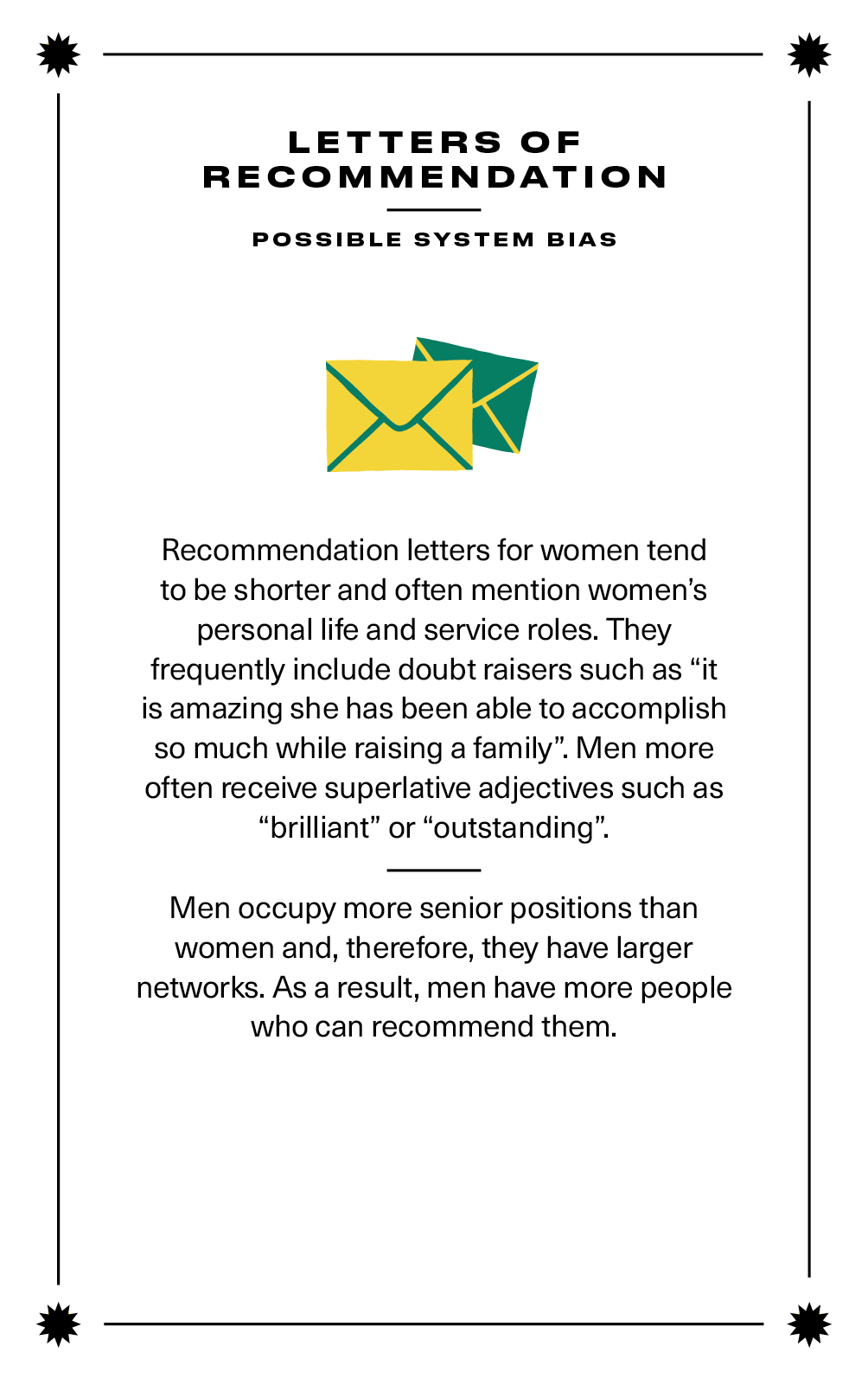
Letters of recommendation
possible system bias
Discover the deck of cards used by the Faculty of Science during the nomination of professors. These cards, designed to highlight and address unconscious gender bias, can now be ordered directly from the University of Geneva’s website shop.
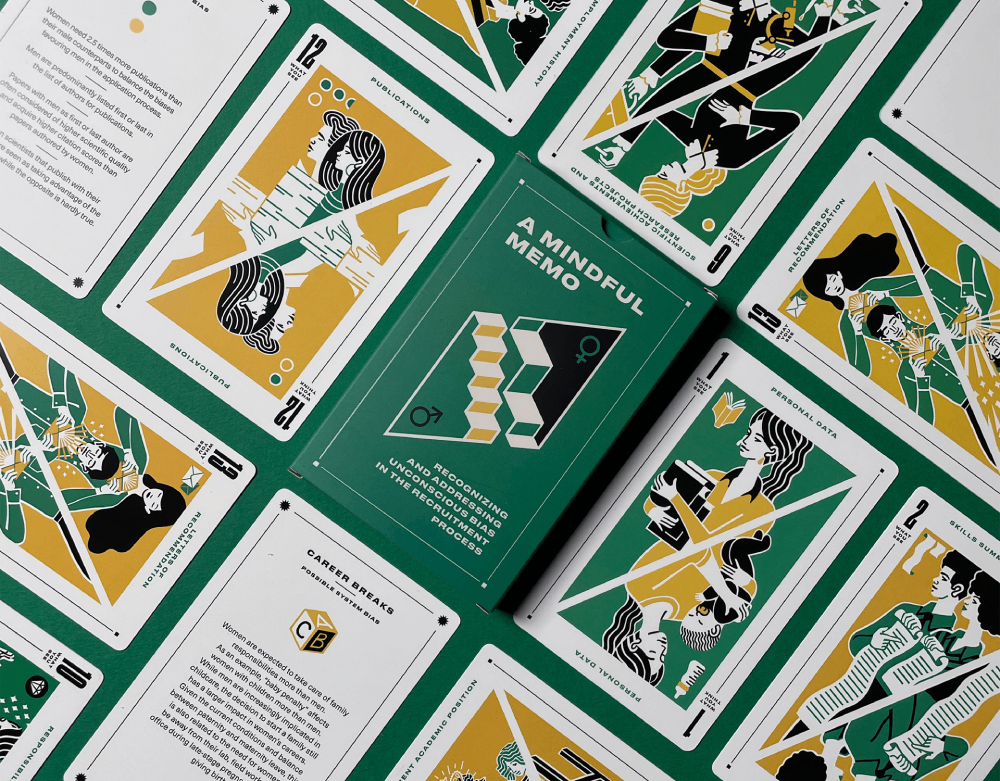
IMPORTANCE OF A CV IN THE PROCESS OF RECRUITING, ASSESSMENT AND HIRING OF RESEARCHERS
Recruiting, assessing and hiring colleagues are some of the most important activities we carry out as a community.
As academics involved in such assessment, we have the opportunity and the responsibility to feed a fair, diverse and sustainable research culture basing our judgment on objective data that do not only rely on simple bibliometric indices but that can account for the multiple dimensions of the academic life (e.g., research output, scientific impact, international exposure, teaching, track record in funding, advancement of junior researchers, collaborations and interdisciplinarity, public engagement and outreach, innovation, service to the institution, leadership).
A Curriculum Vitae is, therefore, crucial to any assessment strategy as it provides a variety of information on which we can base our multi‑dimensional judgement.
POSSIBLE BIASES IN A CV
Even a well prepared and comprehensive Curriculum Vitae can lead to a biased judgment if we do not pay attention to potential conscious and unconscious biases we all have, i.e., skewed information processing under the influence of accumulated experience, which we use to make the task of processing information efficient and manageable.
These useful cognitive “short-cuts”, while on one side can speed up the processing of a large amount of information, they can also mislead us, because they tend to make us pay more attention to information that confirms our expectations and less attention to disconfirming.
There are two types of biases: conscious (or explicit) bias and unconscious (or implicit) bias. Unconscious bias is far more prevalent than conscious bias and often incompatible with one’s conscious values.
OBJECTIVES OF THE CARDS
In order to support a sustainable research culture, we all need to be aware of our biases and to find ways to mitigate them.
These cards are designed to help us identify and/or remind us of potential conscious and unconscious beliefs that could bias our judgement during the analysis of individual categories of a typical Curriculum Vitae. Even though here we focus on gender bias in order to address the loss of female talent in academia (i.e., the leaky pipeline), it is important to note that biases, conscious or unconscious, are not limited to gender and may exist toward any social group.
One’s ethnicity, age, gender identity, physical abilities, religion, sexual orientation, weight, and many other characteristics are subject to bias.
Let’s identify and mitigate our biases for a fair, effective and inclusive assessment and hiring!
Having unconscious biases doesn’t make someone a bad person! We all have them! But we all also have the choice to act on them or to overcome them.
Some of the biases in recruitment are due to our own assumptions and some are related to the system.
The back of the cards are colored to identify the type of bias:
Hold yourself accountable for self-reflection, learning and continuously analysing your behaviour and experience. At the same time, interrupt when you see others being affected by system biases or engaging in biased behaviours by politely calling them out on it and suggesting alternative ways of thinking.

Always question your assumptions (why am I thinking in this way? Would I be drawing the same conclusion if this scenario would involve a person with a different profile – e.g., a man or a woman, a person with or without children?).
Don’t equate “leadership” and “competencies” to “likability”.
Think outside the box! Focus on what can the person add to the group/culture instead of whether they will fit into the current group/culture.

Critically assess system indicators (e.g., current position, number of projects, number of awards, number of papers, h-index) within the frame of the overall competencies.